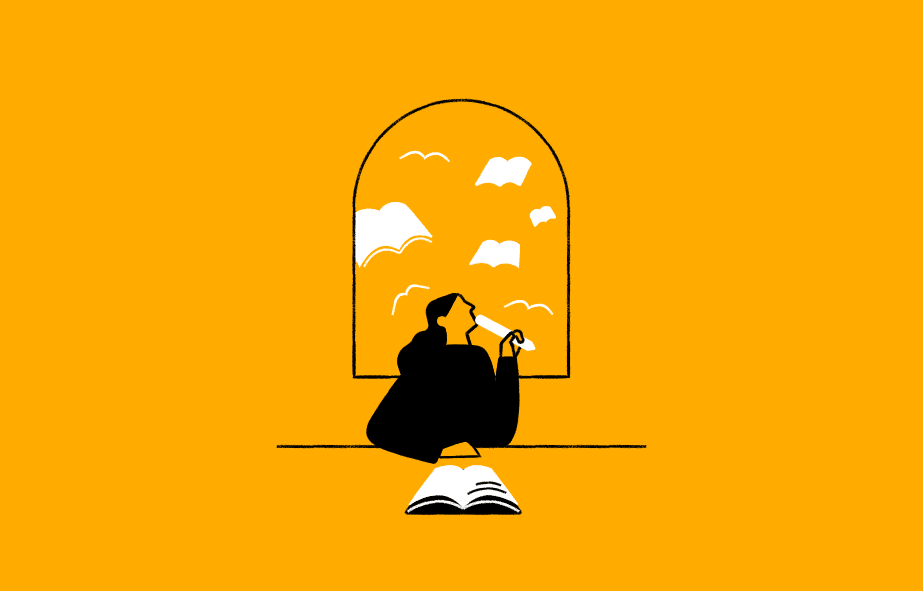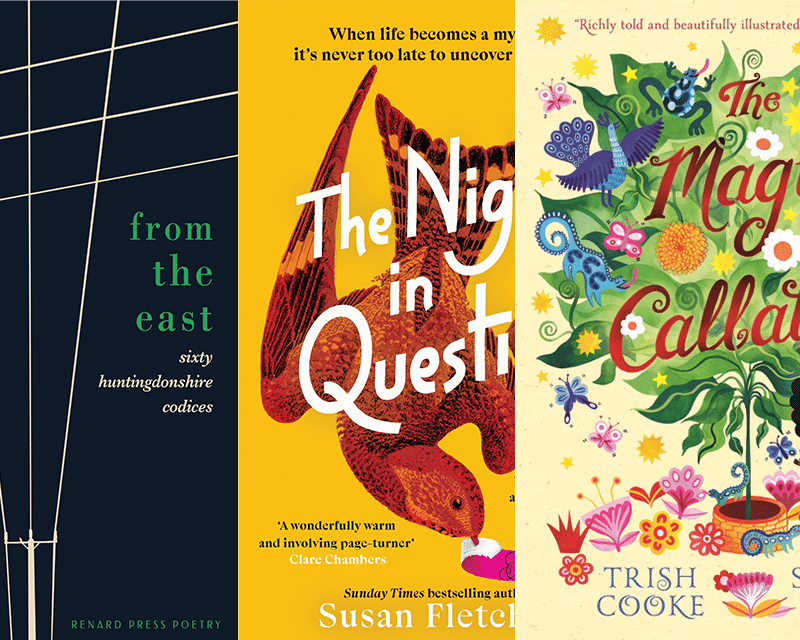- Collected
- Article
The Mystery Around Dickens’s Death
Dealing with the gaps in history

- 15 March, 2021
- Lucinda Hawksley
In 1990, Claire Tomalin published The Invisible Woman, a biography of the actress Ellen Ternan, best known today for her secret relationship with Charles Dickens, which spanned the last thirteen years of his life. In her book, Tomalin suggested a new theory about the death of Dickens: that when he died in 1870, he may have collapsed at Ellen Ternan’s home in Peckham, rather than in his own house, Gad’s Hill Place in Kent.
In June 2020, the 150th anniversary of Dickens’s death, discussion was generated once again and Tomalin’s theory was revisited, reigniting furious debate. So, how do we deal with gaps in history, when no one who was alive at the time is available to corroborate our theories?
In the early 2000s, I spent five years researching my biography of Kate Perugini, the artist daughter of Charles and Catherine Dickens. I was lucky enough to be able to update my biography in 2018, to reflect new information that had come to light. During those intervening years, I also wrote three books about Charles Dickens and his world, and am currently writing a book called Dickens and Travel. Through my own research into Dickens and his family, I came to the conclusion that the official story of him collapsing at his home, Gad’s Hill Place, in Kent was, in fact, the correct one.
When Charles Dickens died, on 9 June 1870, he was only fifty-eight. Although his health had been troubling him for some time, he had such astounding energy, such a self-belief in his work and so much still left to do, that his death was unexpected and deeply shocking. Dickens was halfway through writing The Mystery of Edwin Drood — a genuine mystery, because no-one knows how the story was intended to end.
I looked at the last few days of Dickens’s life in detail for my biography. On 4 June 1870, Katey (then married for the first time) was at her father’s home in Kent. Father and daughter talked into the early hours of 5 June. In later life, Katey claimed that, after that evening, she knew things about her father that no one else would ever know. In her eighties, Kate told her friend Gladys Storey about that evening: ‘I shall never forget that talk…with great earnestness my father dissuaded me from going on the stage…. He went on to speak of other subjects — with regret. He wished, he said, that he had been “a better father — a better man”…he was not a good man, but he was not a fast man, but he was wonderful! He fell in love with this girl, I did not blame her — it is never one person’s fault.’ In 1939, Gladys Storey published an account of her conversations with Katey over the last ten years of Katey’s life. Her book, Dickens and Daughter, caused a scandal as Gladys revealed in it that Katey had told her about her father’s affair with Ellen Ternan and that the couple had had a child, a baby boy who died.
On 5 June, Katey was returning to London with her sister Mamie. Knowing her father disliked protracted farewells, Kate asked their aunt, Georgina Hogarth, to say goodbye, but changed her mind. She described the feeling as ‘an uncontrollable desire to see him once again’. She went into his writing chalet, where: ‘On ordinary occasions he would just have raised his cheek for my kiss, saying a few words perhaps … but on this morning, when he saw me, he pushed his chair from the writing-table, opened his arms, and took me into them…’.
The following day, 6 June, Dickens was in Rochester in Kent, the nearest large town to his home, where he cashed a cheque for £21. On the same day, he compiled a handwritten inventory of his cellar and what drinks had been consumed in the previous week. The inventory lists casks of sherry, brandy, rum and whisky. On 7 June, Dickens wrote to Luke Fildes, his illustrator for The Mystery of Edwin Drood, to arrange a meeting on 11 June.
The money Dickens cashed on 6 June was not in the house on his death a few days later, so it is possible that, on 7 June, Dickens went to Peckham, in South London, to visit Ellen and give her housekeeping money.
Georgina Hogarth, the only other member of the family at Gad’s Hill Place on Wednesday 8 June, related that, at the dinner table at around 6pm, Dickens looked unwell and admitted he had been feeling ill. He refused to let her call a doctor, but became so unwell that he collapsed onto the floor. Then, she says, the servants brought a couch into the dining room.
It has to be noted that, had Georgina needed to cover up a scandalous secret, she would have done so willingly. My query is whether she would have had the presence of mind, at such short notice and suffering from shock and grief, to have managed to do so without a mistake. To have practised such subterfuge would have meant that an elaborate conspiracy was created and carried out by Dickens’s lover, his children (who were not all friendly with Ellen Ternan), his sister-in-law and his friends — as well as all those people who frequented the roads around Dickens’s house in the constant hopes of seeing a glimpse of the author. Dickens was so extraordinarily famous and recognisable that his life, works and death have been picked over in the minutest of details ever since he found fame in his twenties. Even now, over two centuries since his birth, stories about Dickens can still make front-page headlines. I am consistently amazed by how many journalists still ask me to tell them ‘an exclusive secret about Charles Dickens, which only his family knows’.
I also question whether, if he collapsed at Ellen’s home, she would have risked putting him in a carriage all the way to Kent, instead of having him driven to his office in central London? It would have been far kinder to have subjected him to the shorter, less painful journey. This, however, is purely my own belief — there is no way of determining for certain, at this distance in time, whether Dickens collapsed at his own home or in Peckham.
A theory posited about history is always a fascinating challenge, but in 2020 this could often mutate into a fear of ‘fake news’. How can we writers determine what is real and what isn’t? We need to examine how history is told and retold — and, particularly when it comes to politics, how history might have been deliberately skewed. We also need to think about how all these factors can affect our own writing.
One piece of the puzzle that continues to intrigue me came my way by pure chance. In 2012, the bicentenary of Dickens’s birth, I gave a talk at the National Portrait Gallery in London. Afterwards, a woman came to talk to me and said: ‘My great grandmother was the maid at Gad’s Hill. When Dickens collapsed, she had to run for the doctor.’ At that precise moment, someone grabbed my arm and pulled me away. I overbalanced and took a few moments to steady myself and turn back. The first woman had disappeared. At subsequent NPG talks, I would ask the audience if the woman were there again, but to no avail.
Ever since 2012, I have been hoping she would reappear and tell me the full story, including the name of her great-grandmother. I believe she had no idea what a crucial piece of historic evidence this would be — oral history of the moment at which Charles Dickens collapsed, at his own home, with a witness who was sent to fetch the doctor. Sadly, I have never seen her again.
You might also like:
No facts, only versions
Memoirs are as much about what is excluded as what is included. This edition examines how you can evoke the…
RLF Fellows’ News: April 2024
Publishing News RLF Fellow Trish Cooke’s new children’s book, The Magic Callaloo, is set to be published by Walker Books…
Susan Fletcher on outsiders in fiction – literal and imagined
I’ve always known that I’ve preferred to be outside. To be an outsider – literally, and, specifically, amongst wild places…


